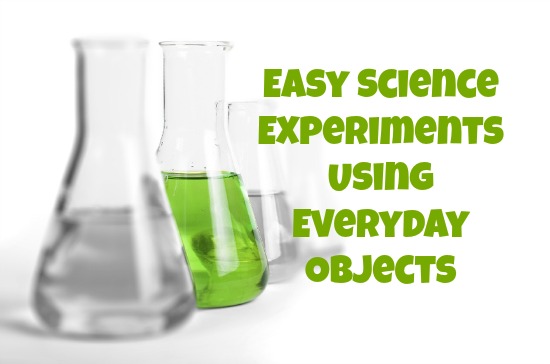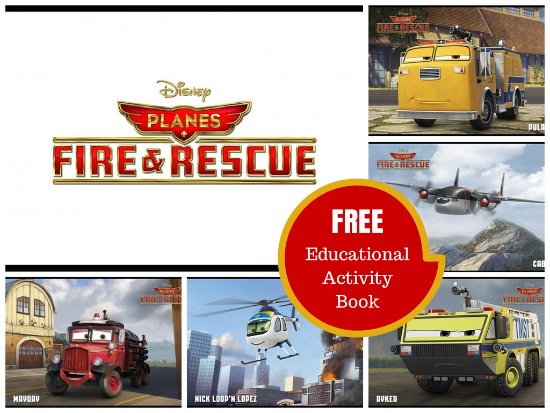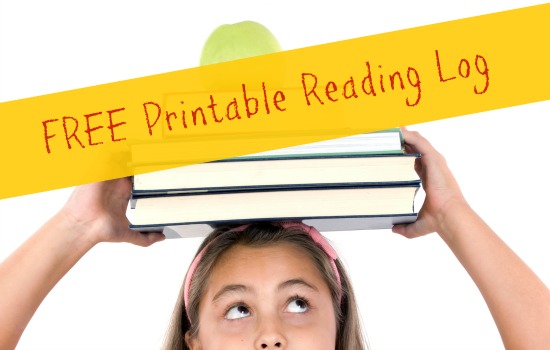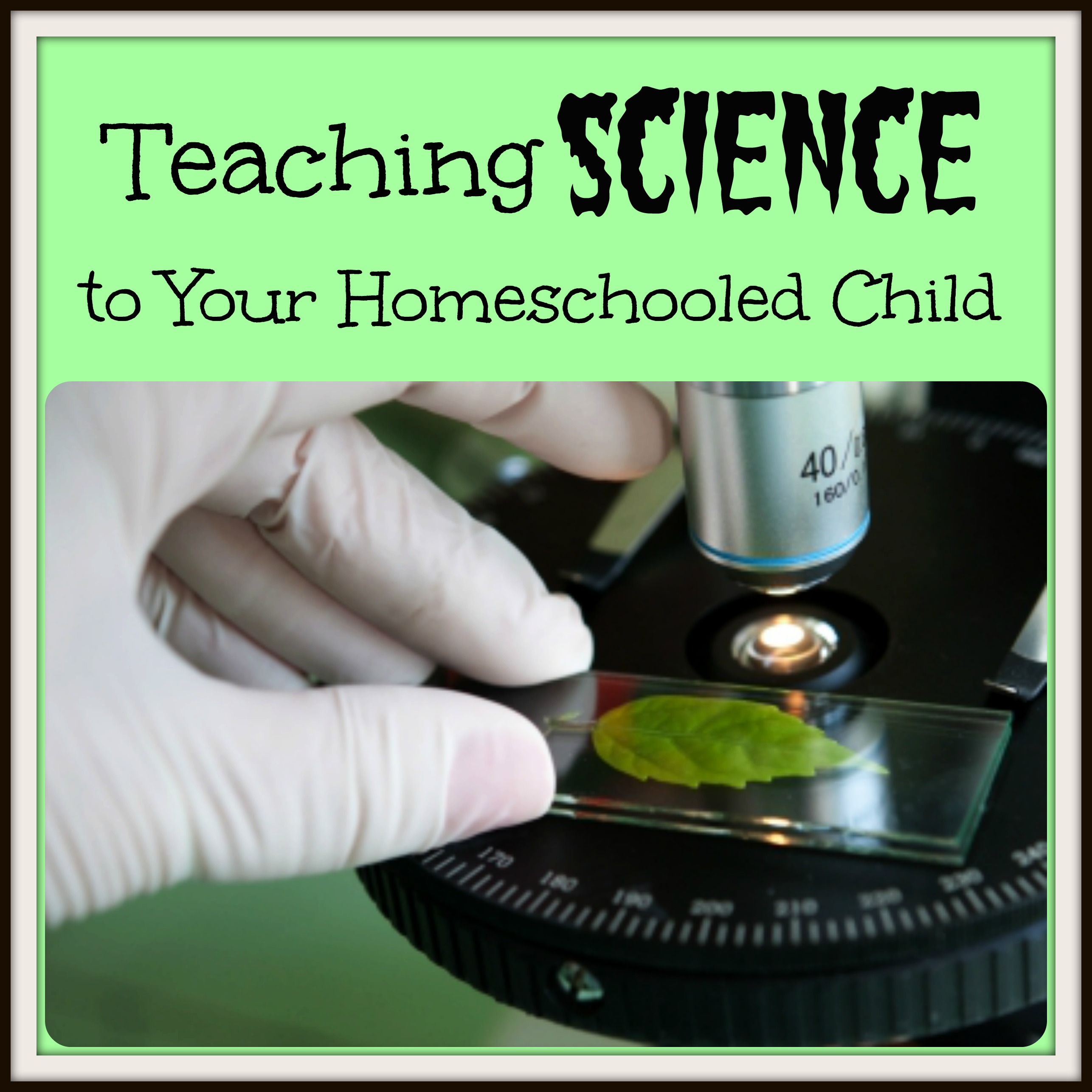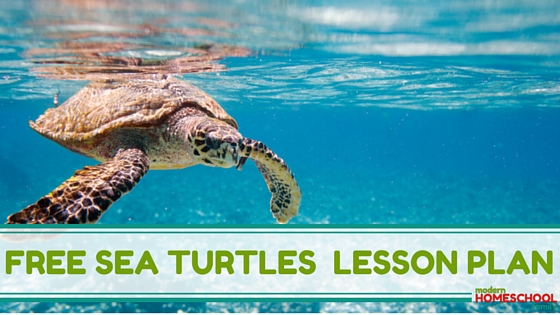
This is a homemade Sea Turtles picture book project, designed with homeschoolers in mind. It’s fun, relaxing, and is a great way to assist children in learning about one of our planet’s most fascinating endangered species.
Free Sea Turtles Lesson Plan
Materials Needed
• Plenty of standard-size notepaper or plain white paper
• 2 sheets standard-size card stock
• Internet access
• Reference books
• Pencils, pens, colored pencils, crayons, etc.
Time Needed
Approximately one full school day for younger students. One half-day for older students. This project can be spaced out according to your child’s attention span and your family’s homeschooling needs.
Getting Started
You will need plenty of room and a clean surface to spread papers on, preferably with visual aids within easy reach and viewing. To start, have your child write down the common names of the turtles (Advanced students of 13+ years might also like to write the Latin classifying names), leaving plenty of room for drawings of the turtles, diagrams, and interesting facts he wishes to add the more he learns. Ideally, each turtle should have a page to itself.
STEP ONE: NAME THE SEA TURTLES
Leatherback Turtle (Dermochelys coriacea)
The leatherback turtle is the largest non-extinct marine turtle known. It is called the leatherback because unlike other turtles its top shell, or carapace, is flexible and leather-like rather than hard.
Hawksbill Turtle (Eretmochelys imbricata)
The hawksbill turtle is so named because the hooked shape of its upper jaw, or mandible, resembles that of a hawk’s beak. The hawksbill prefers warm waters and is often found around coral reefs.
Green Turtle (Chelonia mydas)
The green turtle is not usually green on the outside, although it can range in color from tortoiseshell to olive-brown. It is called a “green” turtle because its fat is green. The green sea turtle is more rounded in shape than its fellow sea turtles.
Black Turtle (Chelonia mydas agassizi)
The black turtle is quite dark if not black as its name suggests. The shape of its carapace is more angled, with the sides sharply sloping down to the edge. However, it only has a slight keel (a ridge down the center of the carapace that aids balance).
Flatback Turtle (Natator depressa)
Almost always found near North or Northeast Australia, the flatback turtle resembles the green turtle except for the flattened shape of its carapace. It is gray to brown in color.
Loggerhead Turtle (Caretta caretta)
The loggerhead turtle has a large beak and a broad head. It is tan to light brown in color, but can appear greenish because its carapace is often covered with barnacles. Because its beak is so large, the loggerhead is able to eat mollusks, echinoderms and crustaceans.
Kemp’s Ridley Turtle (Lepidochelys kempii)
The Kemp’s Ridley turtle’s carapace is heart-shaped and greenish gray. The Kemp’s Ridley turtle is rare, breeding in the Gulf of Mexico drifting to colder areas of the Atlantic Ocean as far north as Northwestern Europe. The Kemp’s Ridley is small, growing to about 2 feet in length.
Olive Ridley Turtle (Lepidochelys olivacea)
The Olive Ridley Turtle is similar to the Kemp’s Ridley turtle except that it is olive colored rather than grayish green. It nests in Central America and on the coastline of East India.
STEP TWO: DRAW AND/OR LABEL TURTLE ANATOMY
For some students, drawing the sea turtles is the best part of the lesson. Other students prefer to get straight to the studying and diagramming. Using the student’s drawings or printouts, and referring to your books and the Internet, have your child draw an arrow to each part of the turtle’s anatomy, labeling the parts as so:
carapace: the turtle’s top shell
plastron: the turtle’s bottom shell
flipper: the turtle’s “arms” used for swimming and digging
scutes: bony plates that make up the turtle’s shell
bridge: the part of the shell that holds the carapace and plastron together
prefrontal scales: scales on the turtle’s head, between its eyes
keel: a ridge down the center of the carapace, aiding balance
tail: the turtle’s tail
Older students might like to label the following parts:
Specific Scutes of the Carapace: nuchal, neural/vertebral/central, marginal, pygal, supracaudal
Specific Scutes of the Plastron: epiplastron, entoplastron, hyoplastron, hypoplastron
post orbital scales: scales located around the turtle’s eyes
inframarginal scutes: the scales of the bridge
STEP THREE: HABITAT, MIGRATION, AND OTHER FACTS
The student should now provide lines upon which she can answer some questions about each turtle species. Here are some examples of questions you might ask, depending on your child’s grade level. (You might need an additional sheet of paper for this part of the lesson if the turtle drawing is large.)
1. How big does this turtle get?
Parent: Sea turtles vary in size from relatively small (2-3 feet, 100 pounds for the Ridley) to very large (6.5 feet, 1400 pounds for the leatherback).
2. Where does the species lay her eggs?
Parent: Sea turtles lay their eggs on sandy beaches and then return to the ocean, leaving the young behind to hatch on their own. Have your child identify where each species breeds.
3. What does this sea turtle eat when young? What does this sea turtle eat when mature?
Parent: Some sea turtles are carnivorous (meat-eating) when young, and later go on to eat only plant life. Some continue as carnivores. See if your child can find out what each species eats at each phase of its life.
4. Where does this turtle migrate?
Parent: Using the Internet and reference books as a guide, see if your child can locate migratory patterns for each species. Older students might like to include maps as part of their research.
5. How many are left?
Parent: All sea turtles are endangered species and are thus protected under the Endangered Species Act. See if your child can get an estimate of how many sea turtles are left of each species.
STEP FOUR: PUT THE BOOK TOGETHER
When your child has finished the pages of his/her book, put the pages in order and number them. Add a piece of card stock for the front cover and one for the back. Punch holes with a paper hole puncher and bind the book by feeding floss or string through the holes and tying them off. Have your child illustrate the cover and sign his/her work. The book can be untied and new pages added if your child wishes.
Internet Resources for Learning About Sea Turtles
Ducksters: Easy to read general information and facts about sea turtles
National Geographic Kids: Information about the green sea turtle
Smithsonian Ocean: Facts and pictures about seven different sea turtles
Sea Turtle World: In depth information about seven different sea turtles
Sea Turtle Conservatory: Sea turtle identificaiton key
Echanted Learning: Loggerhead sea turtle printable
Save the Turtles: Sea turtle vocabulary
First Palette: Sea turtle coloring pages
About.com: 10 printable activity and worksheets about sea turtles

Also published on Medium.

